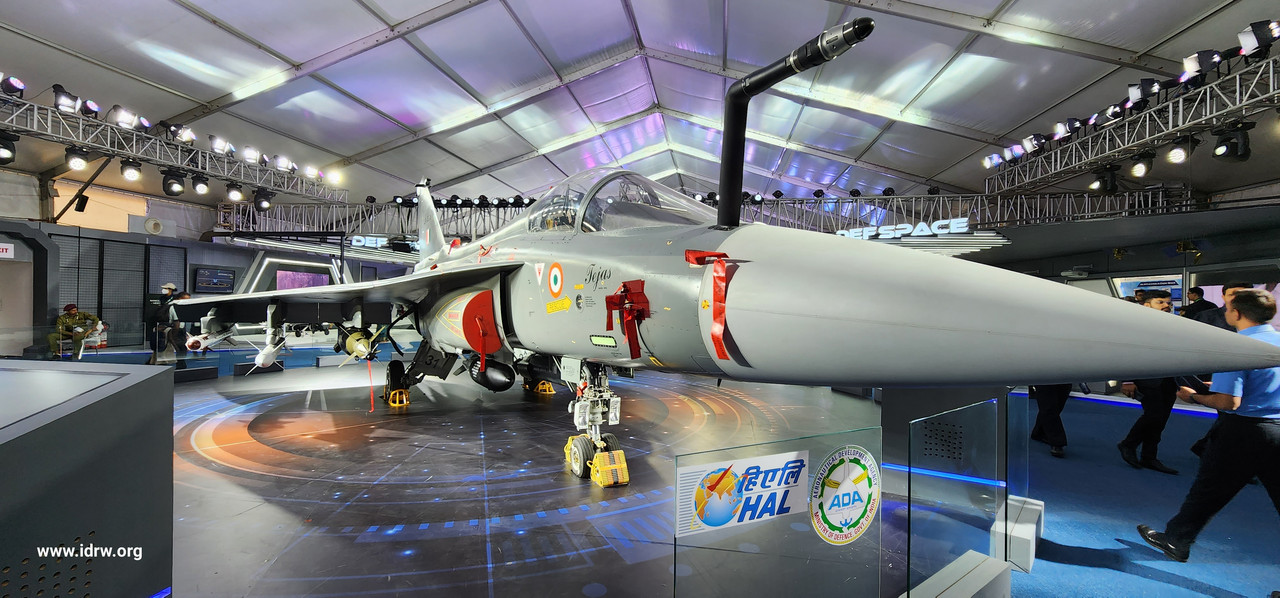SOURCE: AFI

A 2004 article from Flight International, a renowned aerospace magazine, has resurfaced online, sparking a wave of interest. Authored by Veena Singh, the piece titled (original title can be inserted here) details discussions between China and India regarding collaboration on the Light Combat Aircraft (LCA) Tejas program.
The article reveals that in late July 2004, a high-level Chinese delegation, led by Aviation Industries of China vice-president Zhang Yang-Chong, visited India to explore joint development of the LCA. This news comes as a surprise, considering the current geopolitical realities between the two nations.

India, then as now, was desperately seeking partners for the LCA program. The project, intended to replace India’s aging MiG-21 fleet, had faced escalating costs and prior attempts to collaborate with Western manufacturers like Saab of Sweden and British Aerospace proved unsuccessful.
China, on the other hand, presented a potential solution. Their need to replace their own legacy fighters, the Xian J-7 and Shenyang J-6, aligned with the capabilities of the LCA. The article suggests that the LCA might have been a suitable option for China’s attack aircraft requirements.
However, the piece also highlights the underlying skepticism surrounding such a collaboration. While cooperation on civilian aircraft projects seemed plausible, informed sources expressed doubts regarding military collaboration between the two nations.
Interestingly, the article mentions China’s additional interest in a joint venture with India and South Korea to develop a 100-seat regional airliner. The fate of this proposed project also never tookoff.
The resurfacing of this article reignites a forgotten chapter in the LCA Tejas program’s history. It raises intriguing questions about what could have been and the complexities of international collaboration in the realm of military technology.